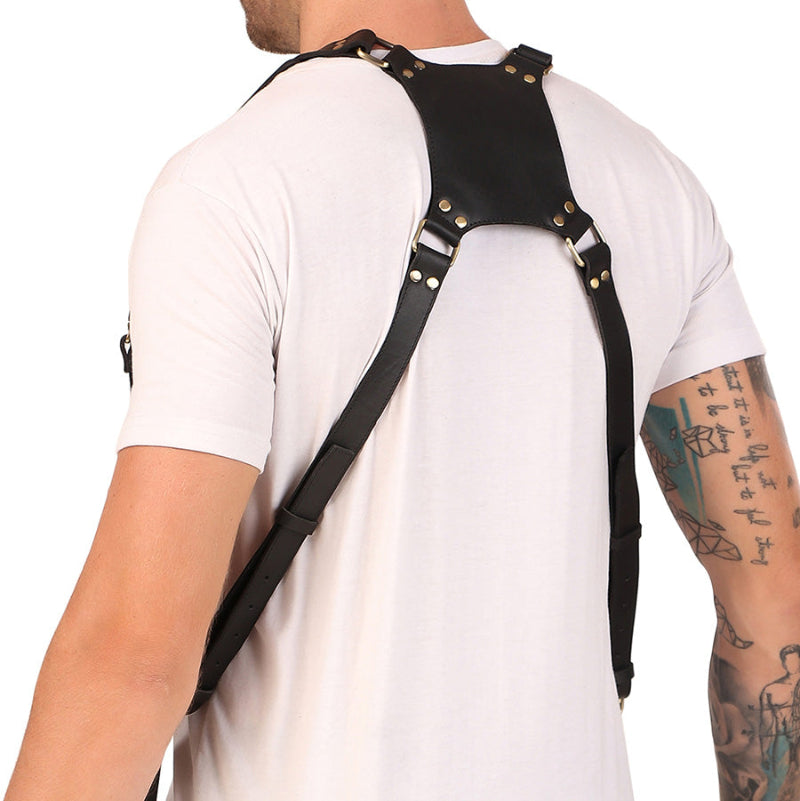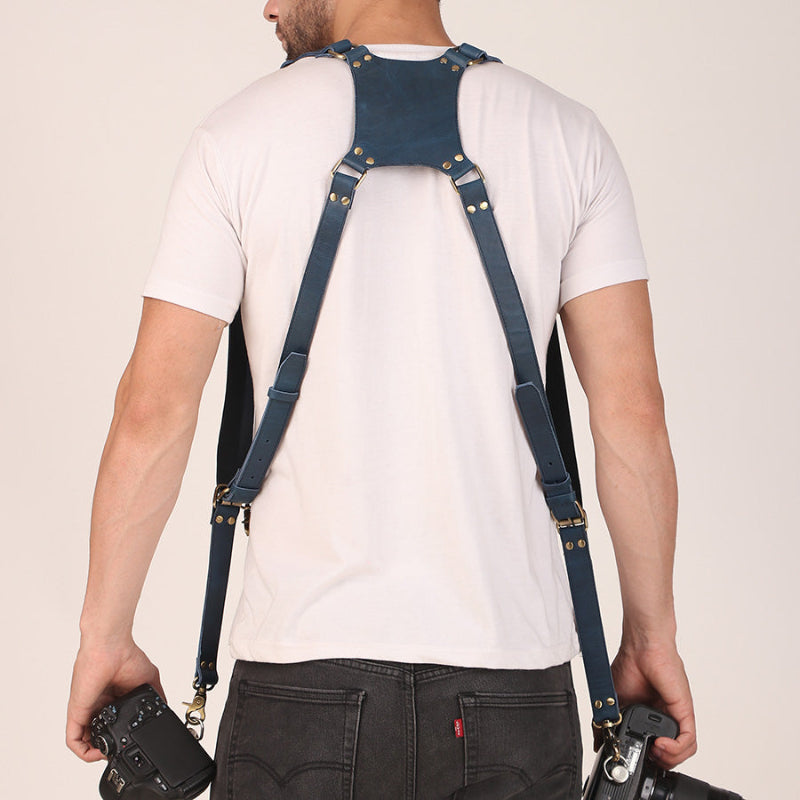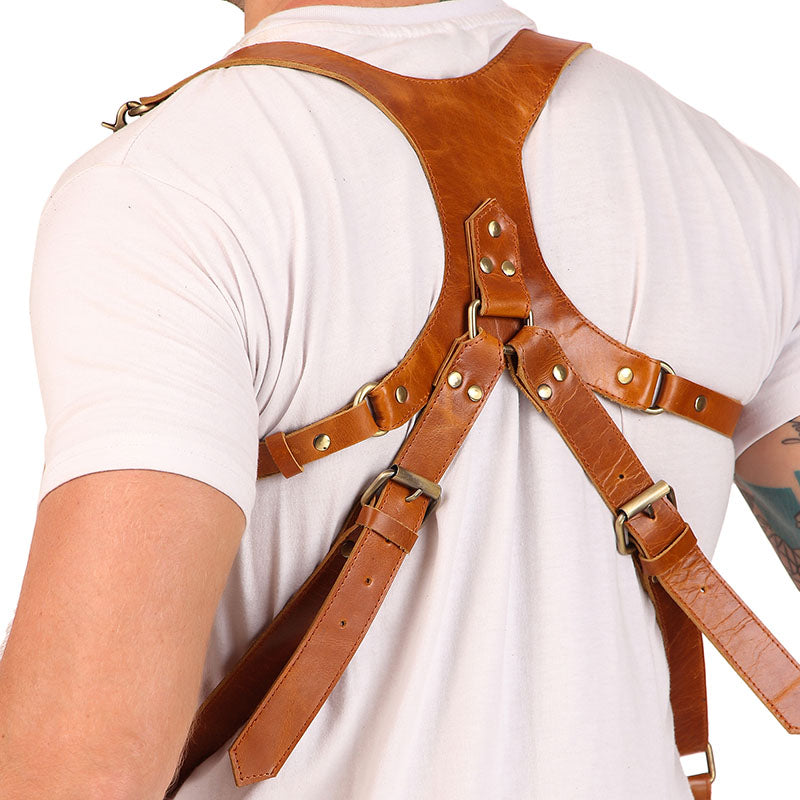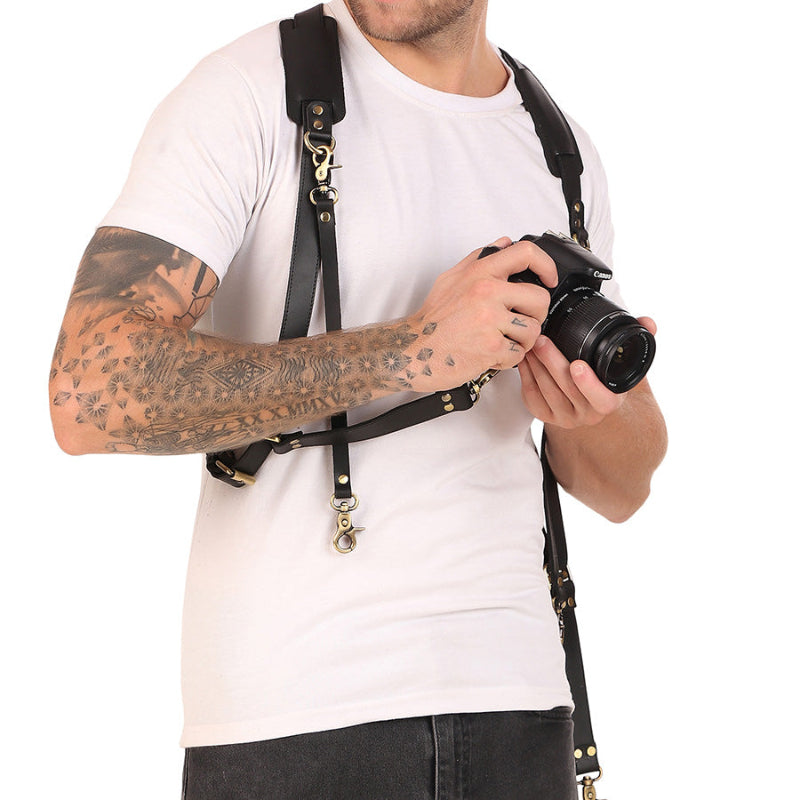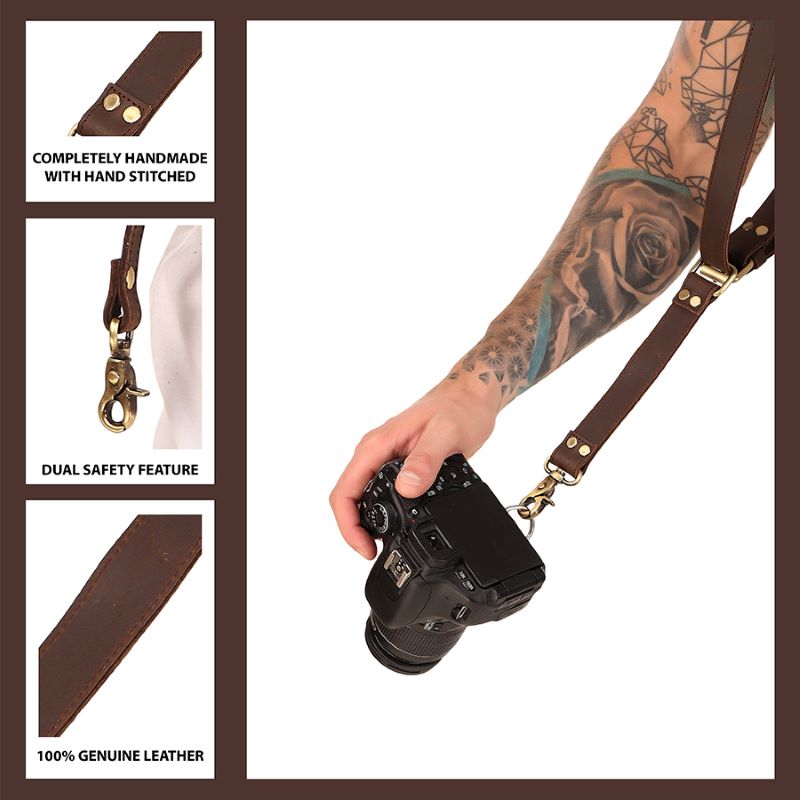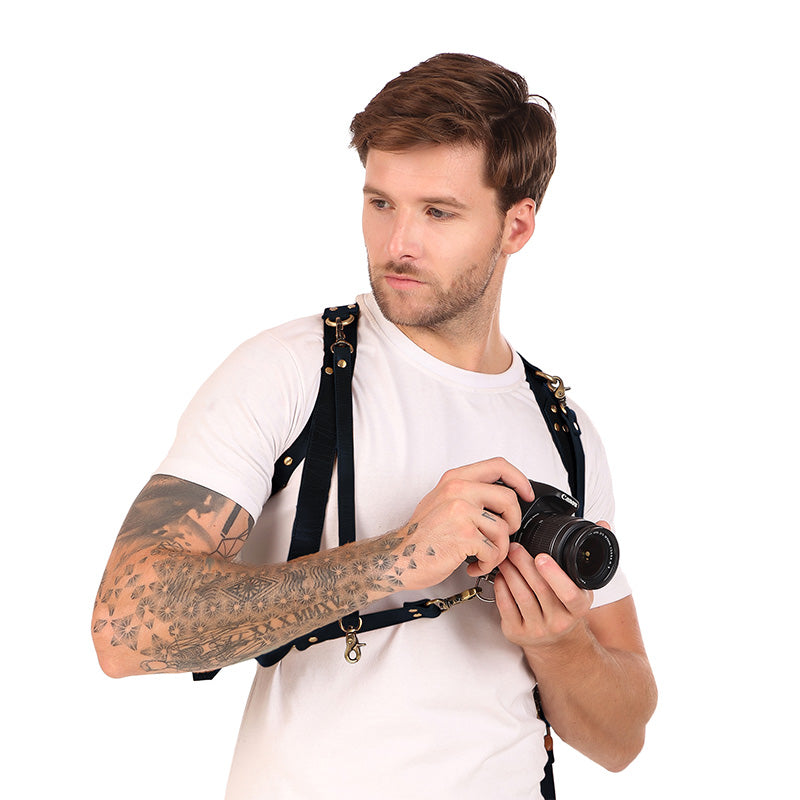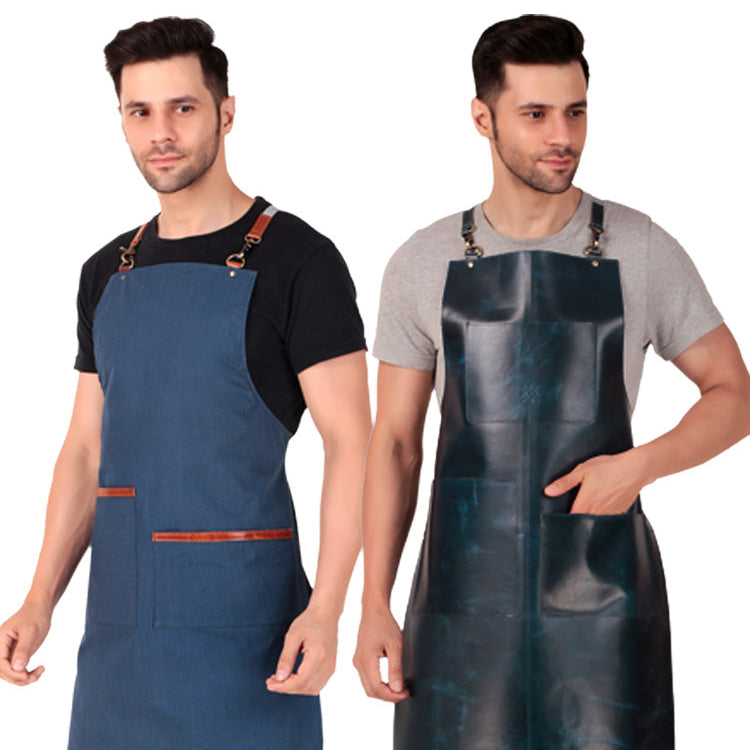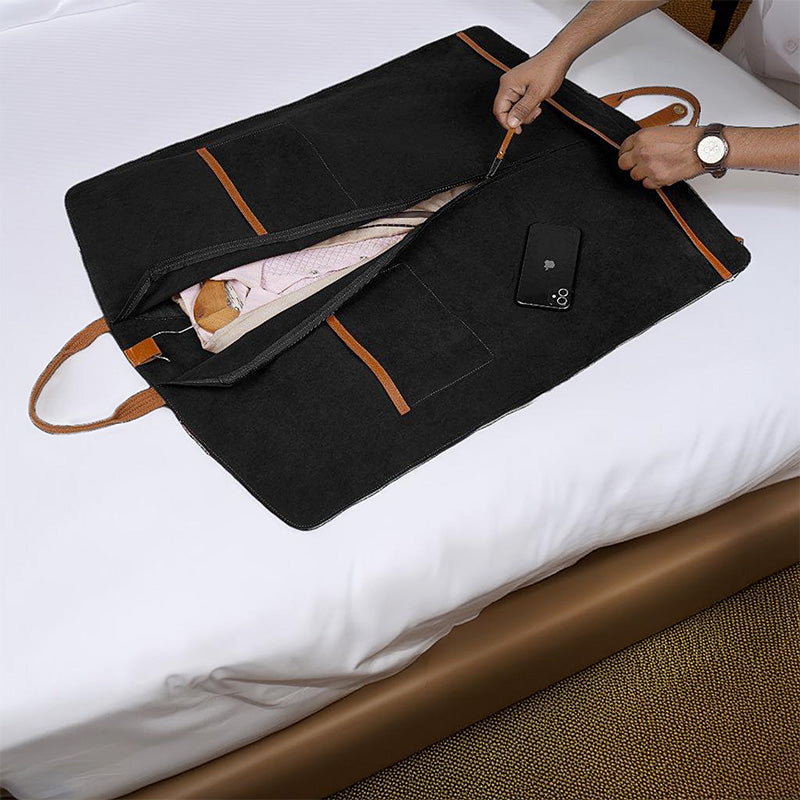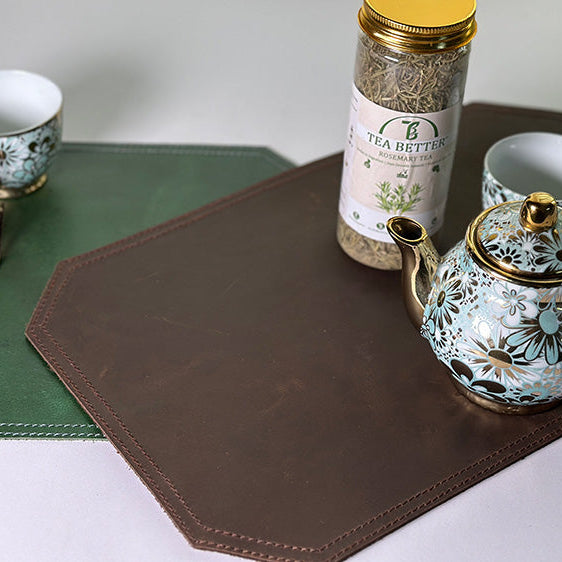DSLR Camera Strap
Every photographer knows that a DSLR Camera is only as secure as its strap system. Whether capturing landscapes or sports photography, proper strap attachment and adjustment prevents costly accidents while ensuring comfort. Camera straps serve as the vital link between photographer and equipment, providing security and accessibility during crucial shooting moments.
Common mistakes include inadequate attachment, improper weight distribution, and incorrect adjustment that hampers camera access. Understanding these fundamentals helps photographers avoid mishaps while ensuring comfort during extended photography sessions with medium format cameras or compact cameras.
Types of DSLR Strap Attachment Systems
Standard Neck/Shoulder Strap Attachments
Traditional Camera Nylon Strap systems connect directly to camera strap lugs through simple loops. These work well for lighter DSLR bodies and still photography sessions. The Black Camera Strap remains popular for its durability and weather resistance.
Quick-Release Clips
Modern quick-release systems allow rapid camera detachment, perfect for switching between handheld shooting and tripod work. These prove invaluable during sports photography where photographers need rapid position transitions.
Anchor Link Systems
Peak Design-style anchor systems use small anchors threading through strap lugs, connecting via robust clips. This provides traditional security with quick-release convenience, popular among professional photographers.
Sling-Style Attachment Points
The BLACKRAPID DUAL SLING CAMERA STRAP distributes weight across the torso rather than concentrating on neck or shoulder. This Multi-Purpose Camera Strap approach reduces fatigue during extended sessions with SLR cameras.
Step-by-Step Attachment Guide
Traditional Loop Straps
-
Locate strap eyelets on your DSLR body
-
Thread strap through camera eyelet from outside
-
Loop back through strap adjuster
-
Secure with buckle/slider, leaving 2-3 inches excess
Quick-Release Straps
-
Install anchors through camera lugs
-
Align and click into strap connectors
-
Perform pull test to verify secure connection
Sling Straps
-
Connect through tripod mount or side lugs
-
Install supplied adapter or clip
-
Adjust for balanced diagonal carry
Proper Adjustment Techniques
Height and Positioning
Adjust Camera Accessories for optimal carrying position. Chest-level positioning offers best balance between accessibility and security. The Adjustable Rope Camera Strap provides excellent weight distribution through wider contact area.
Weight Distribution
Wider straps like the Burgundy Acrylic Camera Strap distribute load more effectively than narrow alternatives. Padded sections provide additional comfort during extended wear with photography accessories.
Quick Access
Ideal adjustment allows fluid camera-to-eye movement. Too much slack creates excessive movement; too little restricts natural motion and strains neck or shoulders.
Comfort and Security Tips
Padded Sections
Quality padding materials resist compression while providing consistent support. The F1 Camera Nylon Strap offers durability with comfort features. Handmade Camera Straps often incorporate superior comfort through custom construction.
Metal Hardware Protection
Keep metal parts away from camera body to prevent scratches. Use protective sleeves or rubber guards, especially important with action camera accessory kits.
Regular Maintenance
Inspect stitching, hardware, and connections regularly. The Fotospeed Camera Strap requires routine checking for wear signs. Clean according to material specifications to extend strap life.
Troubleshooting Common Issues
Loosening Problems
Check threading pattern and adjustment mechanisms. Add thread locker to threaded components if needed. Replace worn adjustment hardware when necessary.
Excessive Swinging
Shorten strap length or add stability features. Consider alternative carrying positions like Camera Belts for better control during active shooting.
Discomfort Issues
Upgrade to wider straps or add padding. Alternate shoulder positions periodically to distribute load and prevent fatigue concentration.
FAQs
Compatibility
Most DSLR straps fit standard camera bodies through universal strap lugs. Verify weight capacity - lighter straps suitable for compact cameras may not secure heavy DSLR combinations safely.
Heavy Camera Safety
Heavy systems benefit from weight distribution across multiple contact points. Professional-grade straps offer higher weight capacities and robust construction for expensive equipment.
Third-Party Safety
Quality third-party straps often exceed original specifications while offering enhanced features. Research manufacturers and read reviews before trusting expensive equipment to aftermarket products.
Conclusion
Mastering DSLR camera strap attachment and adjustment transforms photography from potentially uncomfortable to confident and secure. Whether using traditional systems, quick-release mechanisms, or specialized sling configurations, proper setup ensures equipment security and photographer comfort.
The key principles of secure attachment, appropriate adjustment, and regular maintenance apply across all photography disciplines. From unit still photography to dynamic sports photography, the right strap system enhances rather than hinders the creative process.
Professional photographers understand that equipment security extends beyond the camera body to encompass the entire support system. Quality camera tool selection, proper configuration, and regular inspection create reliable foundations for vintage photography enthusiasts and modern digital photographers alike. Investment in proper strap systems pays dividends through enhanced comfort, improved security, and greater shooting confidence.

